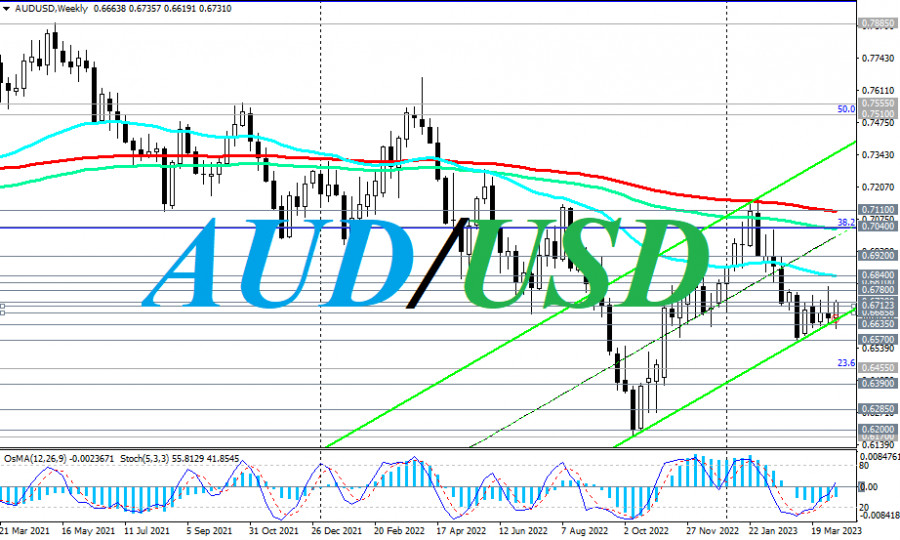The latest U.S. inflation data published on Wednesday seems to have finally upset dollar buyers. According to the U.S. Bureau of Labor Statistics report, the consumer price index (CPI) slowed in March to 5% year-on-year (against the forecast of 5.2% and 6.0% in February). Although the core CPI, which does not take into account volatile food and energy prices, rose by +0.4% in March (and to +5.6% in annual terms), the dollar was under strong selling pressure.
The positive dynamics of slowing inflation provide the Federal Reserve officials with an argument in favor of easing monetary policy or, at least, a pause in the monetary policy tightening cycle.
At the same time, the minutes from the March FOMC meeting, published yesterday, mentioned growing risks of recession in the American economy, including due to the deterioration of credit conditions for businesses amid the general increase in borrowing costs, i.e., the interest rate hike. The division of opinions among FOMC members also did not increase optimism about the dollar's prospects: some advocate maintaining a "hawkish" policy, others call for caution not to harm the economy.
Philadelphia Federal Reserve Bank President Patrick Harker said the day before that the interest rate should be raised above 5.0% and kept at this level. The head of the Federal Reserve Bank of Minneapolis, Neel Kashkari, believes that after the bankruptcy of two large banks last month, an increase in interest rates and a possible reduction in lending could trigger a recession, also recognizing that high inflation is an even greater problem for the economy.
In other words, the Fed is in a very difficult situation. On the one hand, still high inflation (more than two times higher than the target level of 2%) forces the leaders of the U.S. Central Bank to adhere to the current course of tight monetary policy, keeping the interest rate at a high level. On the other hand, the growing risks of recession in the economy make it increasingly difficult for the Fed to pursue such a policy.
Either way, the current situation is putting pressure on the dollar towards its further weakening unless, of course, investors suddenly remember it as a safe-haven asset. And this could happen if geopolitical tensions suddenly escalate in the U.S. or any other region of the world, although it's hard to imagine them getting much higher.
In other words, now is not the time to buy the dollar. Short positions on it will be the most preferable.
Today, market participants will receive new food for thought regarding the dollar's prospects when reports with data on manufacturing inflation (Producer Price Index) and data on the state of the U.S. labor market (jobless claims) will be published at 12:30 (GMT). As we know, the state of the labor market (along with GDP data and inflation levels) is a key indicator for the Federal Reserve in determining the parameters of its credit and monetary policy.
A strong labor market allows Fed officials to continue tightening monetary policy in order to combat high inflation. A relative increase in the number of initial jobless claims and a decrease in the number of continuing claims are expected. An increase in the indicator indicates a weakness in the labor market, which negatively affects the U.S. dollar, while a decrease in the indicator may have a short-term positive impact on the USD.
Among today's events, the report from the Australian Bureau of Statistics, published early in the morning and reflecting the dynamics in the number of employed citizens in Australia, was also interesting.
It pleased buyers of the Australian currency. According to the presented data, employment in Australia rose by 53,000 in March, and unemployment remained at the previous level of 3.5% (economists had expected employment growth to slow to +20,000 and unemployment to rise by +0.1%).
The Australian dollar reacted positively to the presented data, and considering the weakening of the U.S. dollar, the AUD/USD pair rose during the Asian trading session and continued to grow during the European session. For the third day in a row, the pair is developing an upward dynamic, moving towards key resistance levels 0.6780, 0.6810, 0.6840, and now it needs to overcome the 0.6730 resistance level to continue growing.











